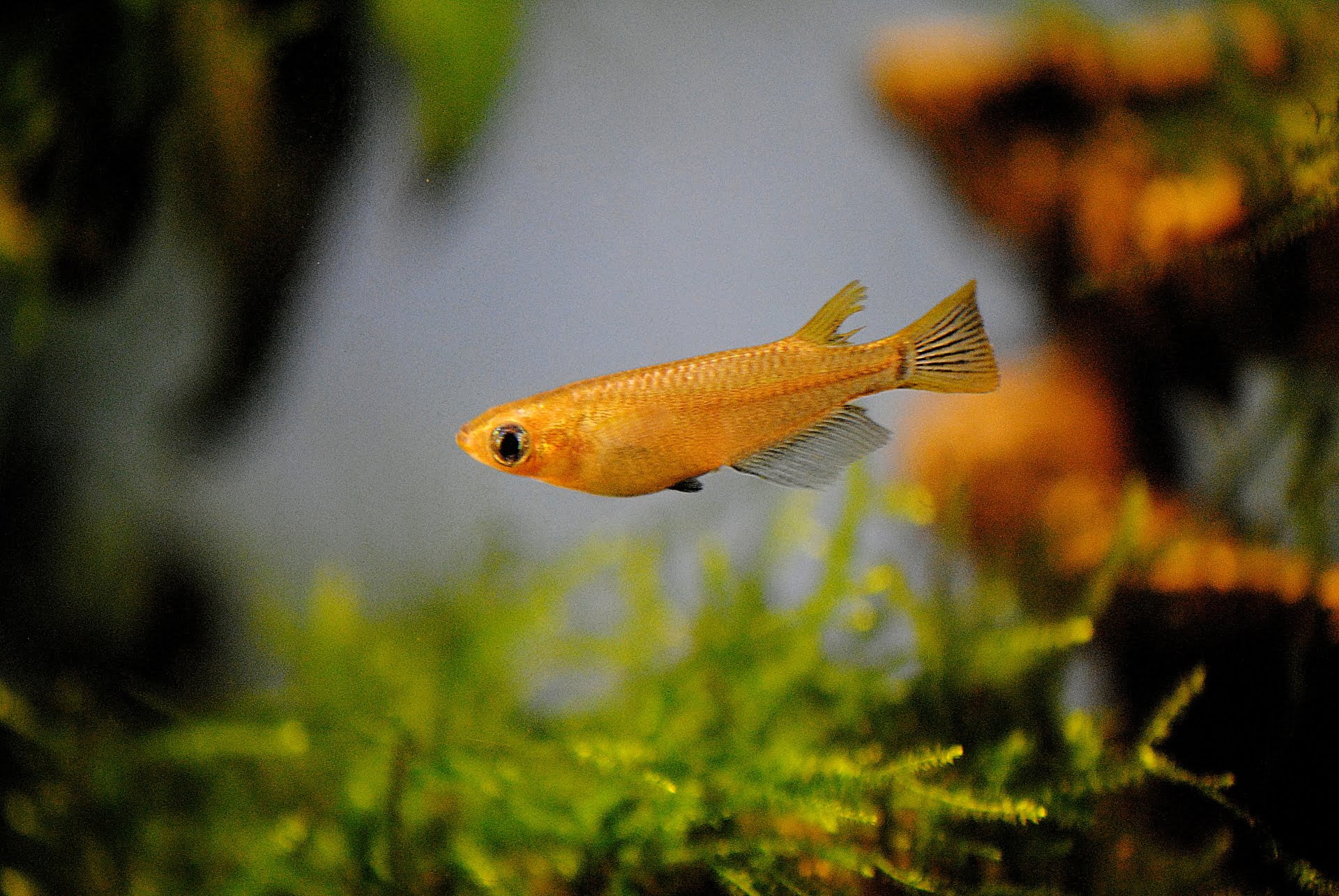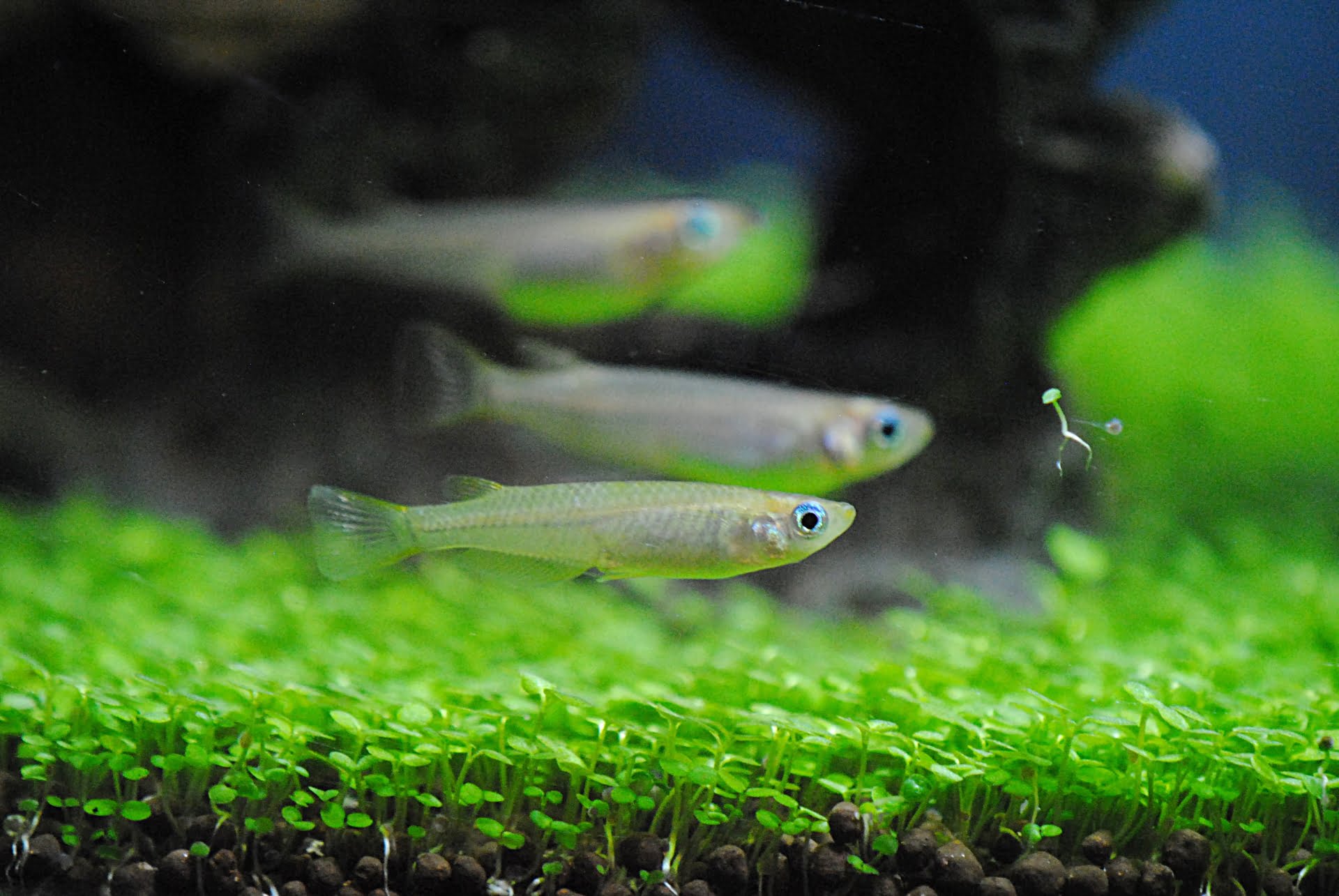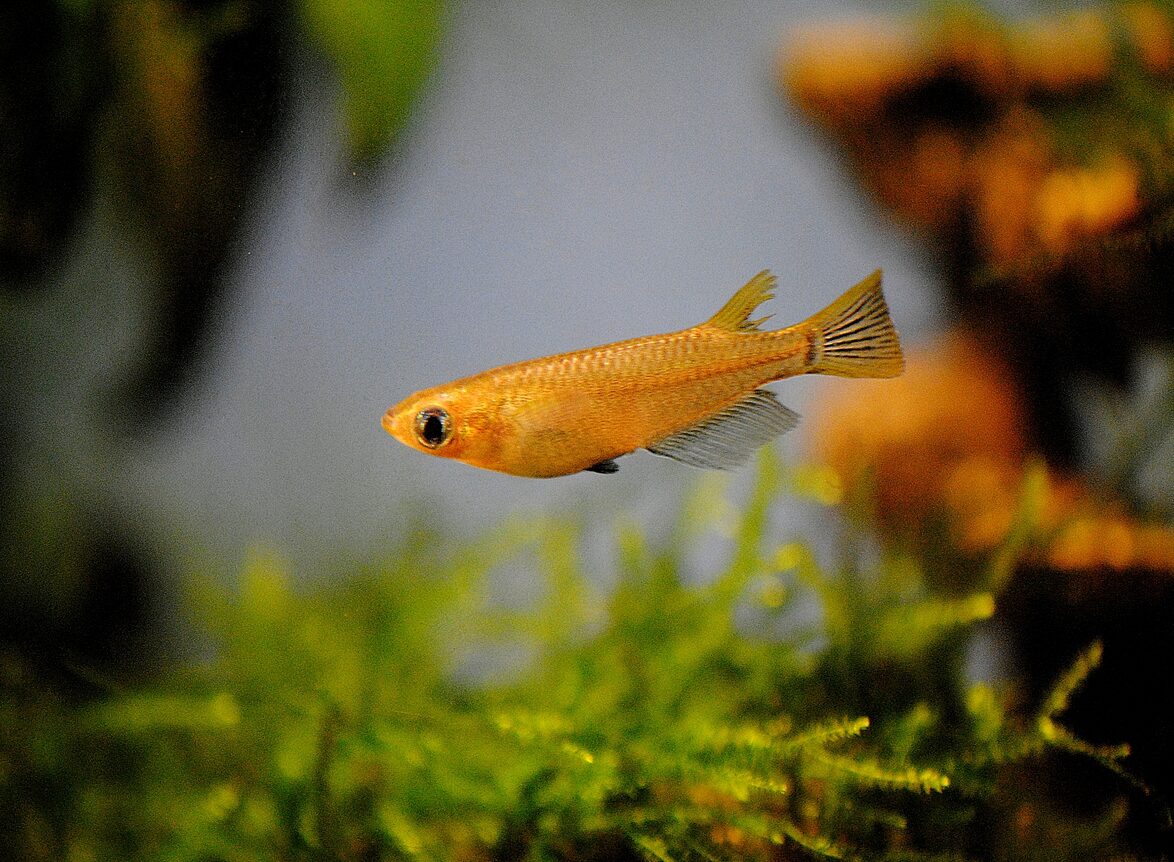A Beginner's Guide
Medaka fish, also known as Oryzias latipes, are small freshwater fish belonging to the Adrianichthyidae family. Native to East Asia, they are commonly found in rice paddies, ponds, and slow-flowing streams. Medaka fish have become popular not only as pets but also as model organisms in scientific research. Their small size, rapid reproduction, and transparent embryos make them ideal for studying various biological processes. In this article, we will discuss the history and origins of the medaka fish, their physical characteristics, habitat and environmental requirements, diet and feeding habits, breeding and breeding techniques, common varieties, health and care tips, setting up a medaka aquarium, their importance in scientific research, and additional resources for medaka enthusiasts.



The history and origin of the Medaka
Medaka fish have a long history dating back thousands of Years. they are believed to have Originated in east asia, Specifically japan And Korea. In japan, medaka have been bred for centuries for their vibrant colors and Unique patterns. they were originally kept as ornamental fish in Ponds and gardens. over time, medaka became popular pets among the Japanese aristocracy.
In the 20th century, medakas gained recognition outside Japan when they were introduced to the scientific community as a model organism for genetic research. Their small size and short generation time make them ideal for studying genetics and developmental biology. Today, medakas are widely used in various research areas, including toxicology, cancer biology, neurobiology, and environmental studies.
External Characteristics of Medaka Fish
Medakas are small, typically reaching a length of 5–7 centimeters (2–3 inches) when fully grown. They have a slender body shape with a slightly compressed appearance. Their bodies are covered with scales that can range in color from silver to gold, depending on the variety. Medakas are known for their vibrant colors and unique patterns, which can vary greatly between individuals.
One of the medaka's most striking features is their transparent skin, which allows researchers to observe their internal organs and developmental processes. This transparency is particularly useful for studying embryonic development and organ formation. Medaka fish also have a pair of large eyes and a small mouth with sharp teeth.
Habitat and environment of the Medaka fish
In their natural habitat, medakas live in rice paddies, ponds, and slow-flowing streams. They prefer shallow water with plenty of vegetation for cover. In captivity, it's important to replicate these conditions to ensure the health and well-being of the medaka fish.
When setting up a medaka aquarium, it's recommended to choose a minimum of 20 liters (5 gallons) for a small group of fish. The tank should be equipped with a filter to maintain water quality and a heater to regulate the temperature. It's also important to provide the fish with plenty of hiding places and plants to help them feel safe.
Water quality is crucial for the health of medakas, but they are very hardy fish that can survive in less than ideal conditions, such as old rice Paddies. the water must be kept Clean. perform regular Water changes (10% of the tank or pond water per week) to remove accumulated waste or Toxins. the ideal temperature for medakas is between 15-28°C (59-82°F), although they can tolerate a Wide temperature range of 0-42°C (32-106°F), making them ideal fish for small ponds throughout Europe!
Medaka fish as a research model
Medaka fish have become important model organisms in scientific research due to their unique characteristics and biological properties. They have a small genome, a short generation time, and transparent embryos, making them ideal for studying various biological processes.
Medaka fish have been used in research on genetics, developmental biology, toxicology, cancer biology, neurobiology, and environmental studies. They have contributed to our understanding of gene function, embryonic development, organ formation, and disease mechanisms.
Besides their biological advantages, medaka fish are also cost-effective and easy to maintain in the laboratory. They require minimal space and resources compared to other model organisms such as mice or zebrafish.
Medaka heads love rice fish
Medaka are fascinating and easy-to-care-for rice fish that have attracted the attention of both hobbyists and scientists. Their vibrant colors, unique patterns, and transparent embryos make them a joy to observe and study.
Whether you're interested in keeping medaka as pets or using them as research specimens, it's important to give them the proper care and attention. By understanding their history, physical characteristics, habitat requirements, diet and feeding habits, breeding techniques, common varieties, health and care tips, and aquarium setup, you can ensure the well-being of these magnificent fish.
If you'd like to learn more about medaka fish, there are several resources available. Online forums and communities for medaka enthusiasts can provide valuable insights and advice. Furthermore, research articles on medaka fish often appear in scientific journals and publications, providing a better understanding of their biological significance.
The medaka ricefish is a unique and versatile species that has made significant contributions to both the pet industry and scientific research. Their small size, vibrant colors, and transparent embryos make them a joy to observe and study. Whether you're a hobbyist looking to keep medaka as pets or a scientist using them as research models, there's much to learn and appreciate about these fascinating creatures.




Leave a Comment
Your email address will not be published. Required fields are marked *